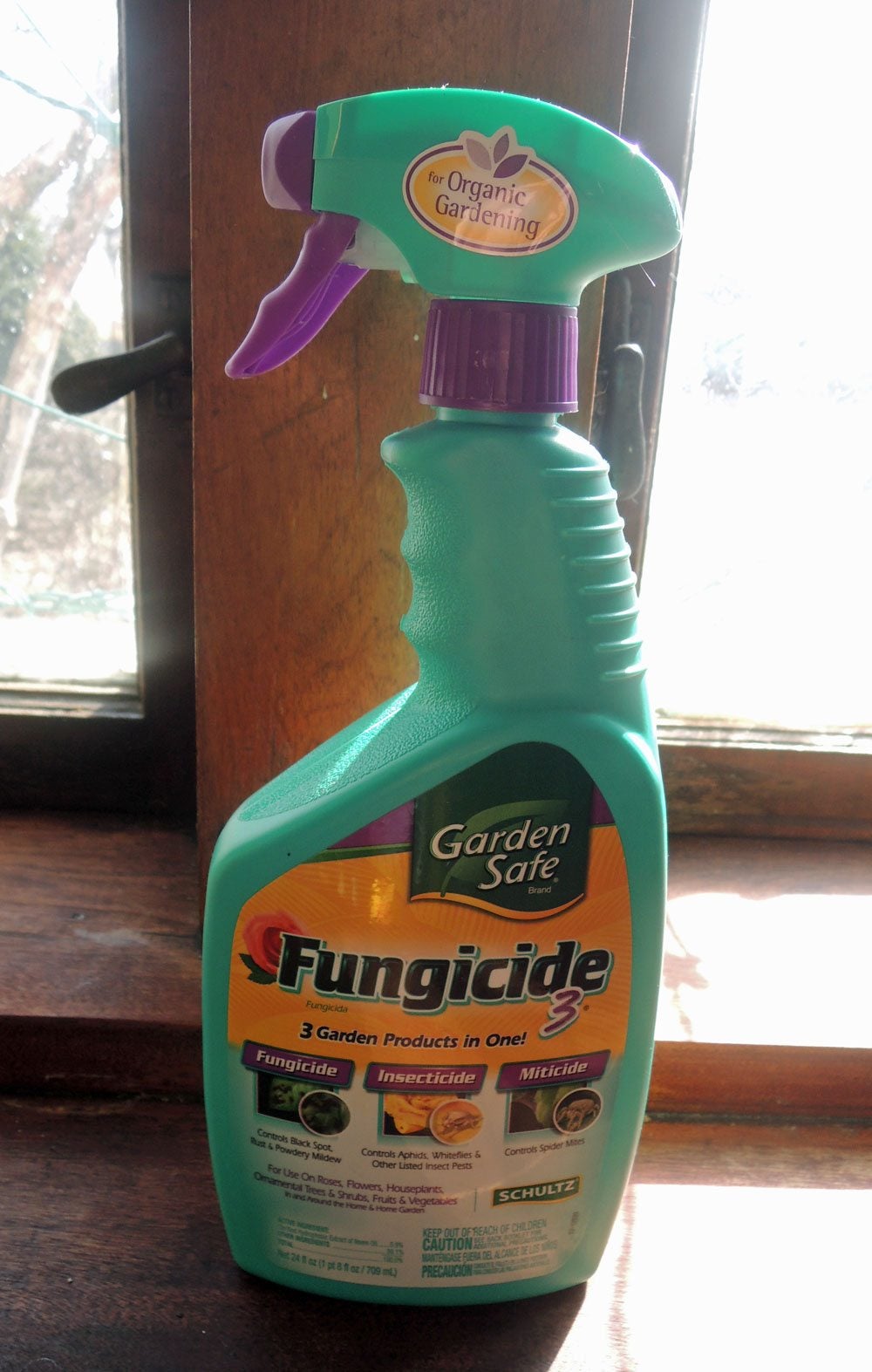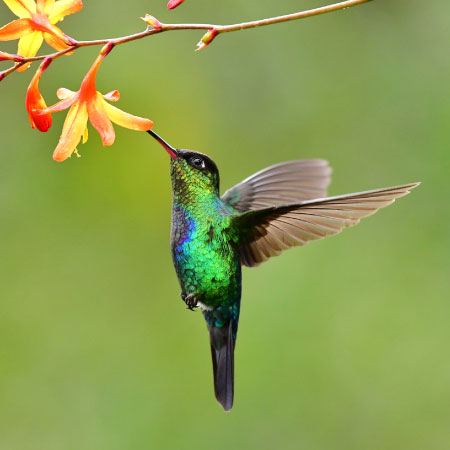Types Of Fungicide: Using Fungicides In Your Garden


Amy Draiss
When and how to use fungicide on your plants can be tricky without the right knowledge. Getting professional help beforehand can help determine if using fungicides in your garden is even necessary and, if so, what types of fungicide are available.
When to Use Fungicide
When using fungicides in your garden, it's important to first determine if your plant actually needs a fungicide. Many symptoms can be from other causes, so using garden fungicides may do more harm than good. The first thing that should be done is to contact an expert, either at a local nursery or agricultural extension office. They can help you determine what is wrong with your plants and can also recommend the proper types of fungicide to use.
Keep in mind that garden fungicides are used to prevent the problems from starting or spreading. They can't cure the problems. Once a determination is made that a fungicide is needed, when to use fungicide on your plants depends on the type of fungus.
Types of Fungicide
There are different types of fungicide to deal with different forms of fungus. There are mold fungicides and lawn fungicides and one can't be substituted for the other. There are both chemical and natural fungicides, and even homemade fungicides for gardens.
That being said, not all fungicides work the same, as they require different distribution methods. Some are dust powders, some are liquid, some are wetable powders (active only after wet), and flowables. No matter which type you use, caution is recommended. It is best to wear protective gear to limit your own exposure to the chemicals if going this route.
How to Use Fungicide
All garden fungicides come with specific directions. Using too much is just as harmful as not using enough. Some people prefer to avoid the chemicals completely and opt for natural fungicides. Even when using a natural fungicide, you will still need to follow the directions carefully.
The correct amount, distribution method, and time of year are important considerations in how to use fungicide properly. Certain plants require certain types of fungicide. Now that you know more about using fungicides in your garden, you'll be better able to combat any fungal issues that may crop up with ease.
Gardening tips, videos, info and more delivered right to your inbox!
Sign up for the Gardening Know How newsletter today and receive a free copy of our e-book "How to Grow Delicious Tomatoes".
Note: Any recommendations pertaining to the use of chemicals are for informational purposes only. Chemical control should only be used as a last resort, as organic approaches are safer and more environmentally friendly.

Shari Armstrong is a guest writer for Gardening Know How.
- Amy DraissDigital Community Manager